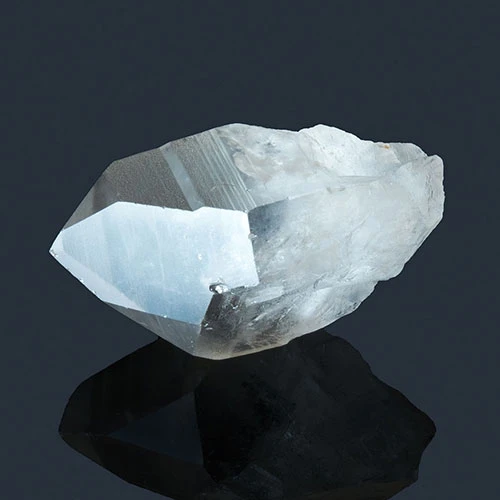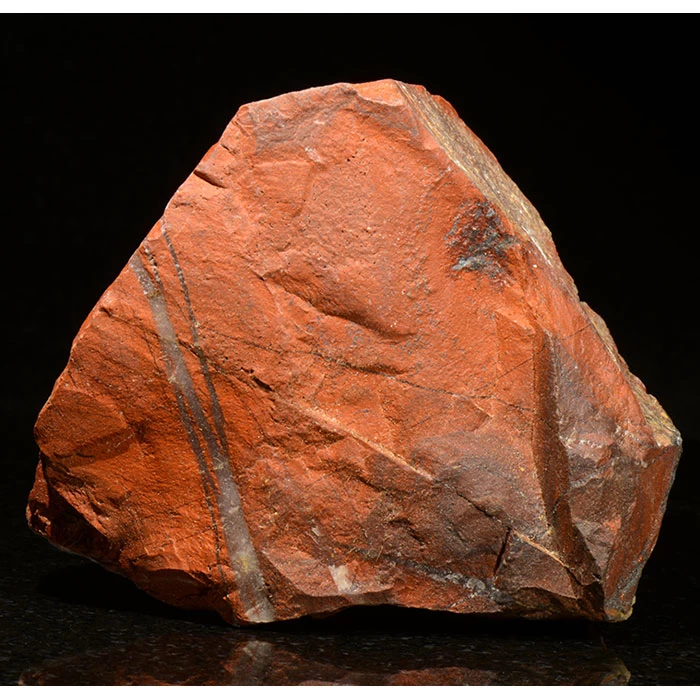
What Causes Iridescence?
Iridescence is one of the most visually striking optical effects found in nature. This optical phenomenon causes colours on a surface to change depending on the angle from which they're viewed or illuminated.
Materials that commonly exhibit iridescence include soap bubbles, butterfly wings, peacock feathers, oil on water, and certain crystals and minerals.
How Iridescence Works
In most naturally occurring objects, iridescence can be seen because light reflects and bends as it bounces off many super-thin layers either on or within a material. Some colours become stronger, while others disappear, which is why they change depending on the viewing angle and the angle of the light source.
Natural light is made up of red, orange, yellow, green, blue, indigo, and violet. When these colours combine, the human eye perceives them as white. Daylight is an example of white light, as it's correctly known.
When light encounters layered or structured surfaces, such as those found in butterfly wings and some crystals and minerals, the different wavelengths behave slightly differently. This produces the effect known as iridescence.
Iridescence, Refraction, and Dispersion
Iridescence is closely related to other optical phenomena, including refraction and dispersion.
Refraction occurs when light changes speed as it passes from one medium to another, such as from air into water, glass, or a gemstone. When light changes speed, it also changes direction, or bends.
Dispersion happens when refraction causes light to separate into its individual colours. This effect can be clearly seen when white light passes through a prism, where each colour bends by a different amount depending on its wavelength.
Rainbows form for the same reason. Each raindrop acts as a tiny prism, refracting and dispersing sunlight and sending different colours back toward the viewer at slightly different angles.
Iridescence in Crystals and Minerals
In crystals and minerals, iridescence is often caused by very thin internal layers, fractures, or inclusions. These fine structures interfere with light as it passes through or reflects off them, producing flashes or bands of colour.
Clear quartz, mother of pearl, labradorite, and rainbow moonstone are well-known examples of minerals that can exhibit iridescence. In labradorite, this effect is also known as labradorescence or schiller.
The colours are not within the material itself, but are produced by the way light interacts with its internal structure. The colours depend on the thickness of each layer and occur when light is either weakened or amplified as it passes through transparent or semi-transparent layers of varying thickness. It happens because the light is being scattered in different directions.
Everyday Examples of Iridescence
Iridescence can also be seen when a thin film of oil spreads across water, such as on wet roads or a petrol spill. Light reflects off multiple layers of oil and water, each with a slightly different thickness. As the light passes through these layers, a spectrum of colours appears. The colours we see depend on the thickness of the film and the angle of light.
The Word Iridescence
The word iridescence comes from the Greek word iridos, meaning 'rainbow,' which is also the origin of the word iris. In Greek mythology, Iris was the goddess of the rainbow and a messenger of the gods.
The suffix -escence means 'a process or state of being,' describing the effect rather than a material or medium.
The scientific term goniochromism is also used to describe iridescence. It comes from the Greek gonia, meaning 'angle' and chroma, meaning 'colour', referring to colour changes that depend on viewing angle.
Simple Explanation
Iridescence is not a colour in itself. It's a visual effect created by light, structure, and angle, all working together. As either the observer or the light source moves, the colours appear to shift and change, creating a curious and fascinating optical effect.
Scientific Explanation
From a physics perspective, iridescence is primarily caused by interference. Light reflecting from extremely thin layers can reinforce or cancel specific wavelengths depending on layer thickness and viewing angle. This is why iridescent colours shift as either the light source or observer moves.
Article Photos
The butterflies are on display in the Harvard Museum of Natural History, Massachusetts, USA. Photo by Stone Mania.
The double rainbow is courtesy of Stan Celestian. Both images are clickable and redirect to the original photos.
The quartz crystal is from our collection. The final photo shows iridescence in a granite kitchen worktop.









